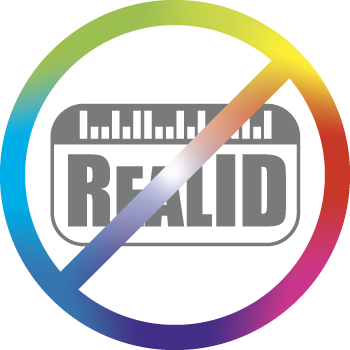As well as bringing up the risks of identity theft ("one wonders how vulnerable this system-of-systems will be to data loss or identity theft resulting from unscrupulous employees, flawed technologies, external compromises or human error--even under the best of security conditions" -- this is pretty similar to the pont I brought up in my question and comments at the town hall meeting) and pointing out the risks of mission creep ("Other homeland security initiatives, such as the Patriot Act, have been used and applied--some say abused--for purposes far removed from anything related to homeland security. How can we ensure the same will not happen with Real ID?"), they make an excellent point about how Real ID makes the people who aren't eligible for it -- or live in states that have rejected it -- into second-class citizens:
In a nod to states' rights advocates, DHS declares that states are free not to participate in the Real ID system if they choose--but any identification card issued by a state that does not meet Real ID criteria is to be clearly labeled as such, to include "bold lettering" or a "unique design" similar to how many states design driver's licenses for those under 21 years of age.In its own guidance document, the department has proposed branding citizens not possessing a Real ID card in a manner that lets all who see their official state-issued identification know that they're "different," and perhaps potentially dangerous, according to standards established by the federal government. They would become stigmatized, branded, marked, ostracized, segregated. All in the name of protecting the homeland; no wonder this provision appears at the very end of the document.


No comments:
Post a Comment